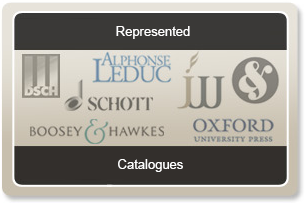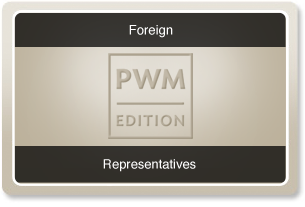News
'Cleopatra’s Songs' – a new work by Agata Zubel
2018-04-20
‘If we had to burn all of Shakespeare’s plays but one […] I’d choose Antony and Cleopatra’, wrote the British poet and writer W. H. Auden. This work, of outstanding poetical and theatrical qualities, could not have found a better interpreter than the composer and singer Agata Zubel, who has linked her artistic path almost entirely with words. Invoking original excerpts from Shakespeare’s work, Zubel does not tell the ancient queen’s story, but in her music she expresses Cleopatra’s love, anger, fear, sorrow, courage and pride. She shows the truth about the woman-goddess beset by contradictory passions.
The suggestive sound aura of this work is generated by the instruments used: flute, clarinet, French horn, harp, piano, string quartet and a large percussion section including instruments of Egyptian origins, such as sistrum, crotales, cymbals and deep-sounding drum. Additional colouristic effects are obtained through the extensive use of non-standard performance techniques, instrument preparation and microtonal harmonies.
The seven parts of this work form a dramatically cohesive whole. The music in 'Cleopatra’s Songs' is integrally linked to the text, which marks out their sequence and determines the tensions. The first song expresses Cleopatra’s despair at Antony’s marriage to Octavia. The fateful news is augured by the opening tritone-seventh motif in the piano, harp and clarinet, led at large intervallic distances. The vocal part, consisting of cries and questions, whispers and speech, is also accompanied by the clarinets’ frullato, based on an ascending microtonal figure, and rapid passages in the strings. The second song is dominated by half-whispers: here, the heroine expresses her bitterness at the loss of her beloved. The text is also transmitted by the flautist, whispering into the instrument. The emotions escalate in the third song, which reveals Cleopatra’s anger and pain following Antony’s death. The principal motif of this song is a melismatically set apostrophe to the sun. It is followed by a thickening of the texture. A fortissimo dynamic dominates, and we hear repeated rhythmic patterns and sforzatos, as well as a variety of sonoristic effects throughout the ensemble of instruments and improvised passages. A moment of calm and apparent soothing is brought by the fourth song, representing musical illustration of the heroine’s dreams. There ensues a sudden dynamic change. The calm cantilena phrase of the voice is accompanied by long notes in low registers of the bass clarinets and the horn, and also muffled sounds from the strings. This song ends with an instrumental section: a pointillist motif from piano and harp, led in high registers. The fifth part constitutes a musical commentary to the scene of Cleopatra’s death: the vocal part is dominated by a nervous half-whisper, some syllables recur like an echo of the heroine’s thoughts in the spoken parts of the musicians, and we also hear Sprechgesang and a sublimation of the voice in an instrumental texture, as well as lengthy, eloquent general pauses. The purely instrumental and partly improvised sixth part sums up the heroine’s life. Here, motifs from the previous parts intertwine; sonoristic effects and violent repetitions come to the fore. A dynamic climax is followed attacca by the seventh song, which forms an epilogue. Intervals of a sixth and a third in the vocal part bring to mind a reconciling to fate. As the work’s last lines declare: ‘the stroke of death is as a lover’s pinch, which hurts and is desired’.
The first performance of Agata Zubel’s 'Cleopatra’s Songs' will take place in Witten (Germany) on 27 April at the Wittener Tage für Neue Kammermusik festival. It will be interpreted by Agata Zubel (S) and Klangforum Wien under the baton of Emilio Pomàrico.
The concert will be broadcast on WDR3.
© PWM











